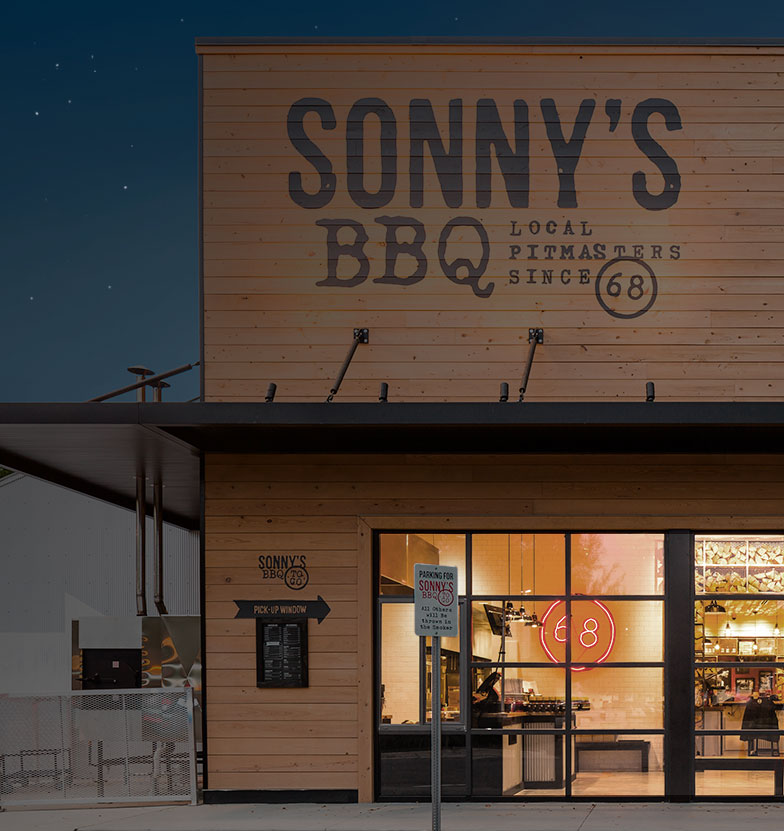

Time and temperature are huge impediments for food quality and are the biggest considerations when developing a delivery-only concept. In essence, planning your concept requires optimizing for delivery. In response, restaurants are realizing that delivery has become a necessary burden in a physical space and their menu is not designed with delivery in mind. On the other hand, brick-and-mortar restaurant kitchens are optimized for in-person dining and service, which face their own challenges, especially low margins. The biggest limitations for food trucks are the high costs of outfitting and maintaining the truck, legal restrictions in regards to operating and parking the vehicle, inconsistent sales volumes because of bad weather or failed events, difficulty shuffling food and supplies on and off the truck, and back office challenges and fees associated with payments.

The New Restaurant Industry STEP 1: Plan your concept to optimize for delivery. Here is a list of the seven key steps that can help you get started. If you are considering creating a virtual restaurant there is plenty of green space in the market.

In addition, we predict the next few years will become a testing ground for venture-backed concepts looking to grab their piece of this new market share.įor operators looking for the lowest barrier to entry into a highly competitive industry, the virtual restaurant is essentially the new food truck (without the truck).Īnd while the barriers to entry for starting a cloud-based food service have never been lower, the steps for getting up and running and the strategies for success are significantly different than a brick-and-mortar restaurant or food truck. What we do know is that this concept has the potential to create a whole new segment of food service providers lying somewhere on a continuum between food trucks and restaurants.


 0 kommentar(er)
0 kommentar(er)
